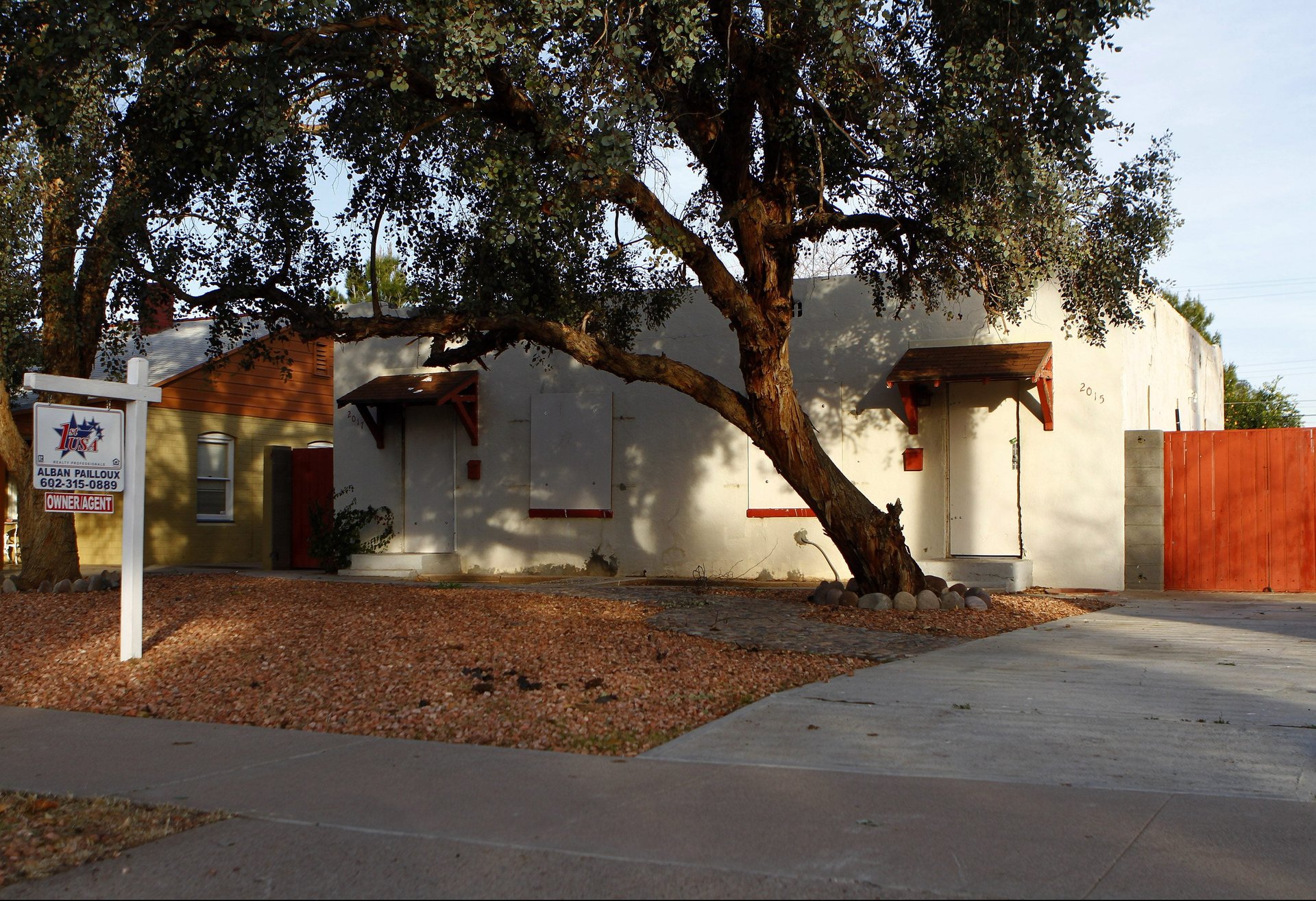The US home construction boom is excluding a big group of Americans
US home builders are responding to skyrocketing demand for housing by picking up the pace of construction. New construction for two types of housing—apartment buildings and single-family homes— rose by 13% and 22%, respectively, as builders responded to buyers’ demand for more expansive living arrangements during the pandemic. The latest report (pdf) from the US Census Bureau shows that 1.1 million new single-family homes started construction in 2021, and 460,000 units of apartment housing in 2021.


US home builders are responding to skyrocketing demand for housing by picking up the pace of construction. New construction for two types of housing—apartment buildings and single-family homes— rose by 13% and 22%, respectively, as builders responded to buyers’ demand for more expansive living arrangements during the pandemic. The latest report (pdf) from the US Census Bureau shows that 1.1 million new single-family homes started construction in 2021, and 460,000 units of apartment housing in 2021.
But the surge in new housing has left one group out in the cold: buyers and renters seeking affordable housing in walkable, semi-urban neighborhoods. This is what housing analysts call the “missing middle:” mid-density rentals and entry-level homes. These buildings, typically priced on the lower end of a given housing market, offer a more affordable housing option to renters and first-time buyers looking to own a home.
The missing middle in housing construction
Medium-density housing are structures like duplexes and triplexes (buildings with two or three units on a single lot) townhouses, condominiums, and some small detached homes. For young households, these models can be an affordable way to purchase a first home. For cities, it’s an effective way to increase the overall housing supply by increasing density in suburban and exurban areas.
Housing scholars define this segment as “missing” because it doesn’t get built in the US nearly as much as single-family homes and large apartment buildings. Federal mortgage company Freddie Mac estimated that only 65,000 new starter homes (defined as less than 1400 square feet) were built in 2020, down from 418,000 units per year in the late 1970s. Census Bureau data shows that new construction for duplexes through quadplexes went down 3% in 2021 from the previous year. And small single-family homes, known as starter homes, have been on the decline over the past half-century.
This gap is pushing up demand among renters and buyers of smaller single-family homes. More people in the US are looking to buy single-family homes. Millennials, now the largest generational cohort are looking to expand as they start families. At the same time, two years of interest rates that are hovering around 0% (among the lowest rates in five years) has spurred even more demand.
In Nov. 2021, the median price for a new single-family home hit $417,000, compared to $322,000 in 2019. This affects renters as well. People shut out of the housing market remain renters for longer, driving up new rental unit demand. Builders are responding by putting up more multi-family buildings because “missing middle” housing is more difficult to get constructed.
Policy and economics work against medium-density
Economics and policy have conspired to disincentivize the construction of medium-density housing in the US since the creation of many suburbs in the mid 20th century. But the pressure has been even more acute over the past year. “It’s been easier to build at the upper end of the market, and a lot tougher to build on the entry-level end of the market,” says Robert Dietz, chief economist at the National Association of Home Builders.
Smaller homes are becoming less profitable for builders as material and labor costs increase. Instead, builders are erecting larger single-family homes or multi-unit apartment buildings as a way to ensure a better return on their investment.
An even bigger impact are local zoning laws that dictate what housing is allowed. In most cities, single-family zoning expressly prohibits the construction of duplexes, apartments, and townhomes. Such laws have become so common that 75% of residential land in the US was zoned for single-family homes only in 2019. Some places also keep neighborhoods low-density by setting minimums for lot sizes. Larger, standardized lot sizes mean builders construct larger, and ultimately more expensive, homes. “This is the long-run challenge of ineffective zoning that prevents building amidst an inventory crisis,” says Dietz.
But there are signs that this situation may finally be changing. High-density apartment construction is taking off in historically sprawling cities such as Dallas and Houston as the cities attempt to manage a growing population of people that can’t break into the buying market. And several cities and states, like Minneapolis, Oregon, and California have changed their laws to effectively eliminate single-family zoning and allow for greater density.
There is a corner of medium-density housing that is seeing growth: Townhouses, which are categorized as single-family homes in the Census Bureau statistics. These still only make up 12% of the single-family market, but Dietz’ analysis of this sector shows that demand for townhouses is increasing and builders are responding.
The second quarter of 2021 saw the biggest growth of new townhouse construction in 14 years. Dietz says he expects this trend to continue into 2022. Where zoning laws make them possible, townhomes can serve as a way to achieve higher density housing with relatively low building costs. “Over the coming years,” he says, “I see more gains for townhouse construction as a part of the overall single-family market” provided zoning laws change.